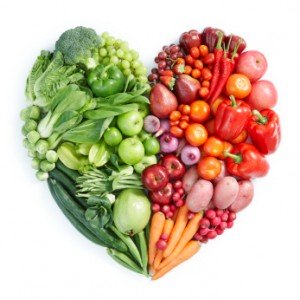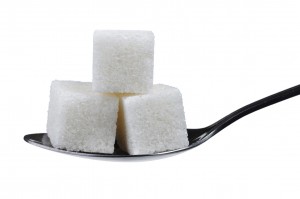As written for InShape News
 It seems ‘The Master Cleanse’ is all the rage right now. And, whilst I’m dubious, I thought I’d give it a go.
It seems ‘The Master Cleanse’ is all the rage right now. And, whilst I’m dubious, I thought I’d give it a go.
Google reveals it has three parts: Ease In, the Lemonade Diet — think American home-made lemonade not the fizzy carbonated stuff — and Ease Out. The main detox involves drinking a mixture of maple syrup, lemon juice and cayenne pepper in water anytime you feel hungry. No other food except plenty of water, and a laxative each morning and night.
Many detox-style diets start with drinking lemon juice — to soften stools — and cayenne pepper – to speed up the metabolism. The maple syrup simply makes the drink taste better and gives you some calories — about 600 a day — so really this is a bit like a ‘Clayton’s’ version of fasting.
It’s suggested the Lemonade Diet is followed for 10-days, however there’s good medical reasons why you shouldn’t exceed 2 days.
These are as follows:
- Your liver requires certain nutrients to function properly.
- After 48 hours your body’s reserves are depleted and you’ll start feeling side effects including boredom, irritability, lack of concentration and headaches, as well as a decreased metabolism, despite the cayenne.
- Plus, in any reduced calorie program muscle, not fat, is the first to be consumed by the body.
With all this in mind, I tried the program. Here’s what I thought.
Day 1:
The Lemonade recipe is far too sweet and the pinch of cayenne is hardly noticeable. What is it with American palates? So I halve the syrup and double the pepper. After the second drink I decide I actually don’t like the taste of maple syrup and the conspiracy theorist in me can’t help but wonder if this cleanse is just clever marketing by the Maple Growers Association. I switch to natural raw or Manuka honey instead for its flavour and health properties.
Drinking loads of filtered water helps with stomach rumblings. The water that does most of the detox anyhow. By late afternoon I finally get to the chemist and buy Nu-Lax, which is fruit based and gentle. My energy levels are good but it’s hard not to eat dinner with my husband.
Day 2:
It’s exit all areas and I’d forgotten how bad stomach cramps and the green apple splatters can be. I wonder again why I thought this was a good idea. By the end of day two my energy levels are starting to wane and the extra bowel movements are limiting my regular activities.
Days 3 onwards:
I start adding whole food back to my diet starting with more liquid type foods. These are vegetable soups, fruit and vegetable smoothies and juices for a few days. But, these are only freshly made from ‘live’ ingredients, not shop bought. This allows my intestines to reacclimatise whilst gradually building up my intake of solid foods.
In Summary:
Sure after a few days I feel better and the scales are lighter, but why wouldn’t they be? Really the whole concept of ‘detox’ is a bit of a fallacy. What’s important to realise is these programs don’t actually detox you, they just allow your intestines to empty more than usual.
And it doesn’t really matter which one you do. They all follow basically the same principle. Eat less, eat only living foods and cut out all animal products, sugars, processed foods, caffeine and alcohol. It’s a pretty simple concept, and one that due to increased fibre consumption with or without a laxative, that is sure to get results.
More interestingly though, if we didn’t eat all the rubbish in the first place then we wouldn’t feel we need to detox, ever. And the big issue with all these ‘detox’ programs is that when we go off it, we return to our old habits, and therein lies the real issue. If we ate more sensibly, controlled our intake of calories and processed foods and drank lots of water then we’d feel healthier, our weight would stabilise and we’d probably live longer too.
The bottom line is, detox programs are not a quick weight loss fix. The only real weight loss solution is slow, steady portion control, regular exercise and changing your behaviour at a subconscious level. And I should know because that’s exactly how I lost 70 kilograms and kept it off.




